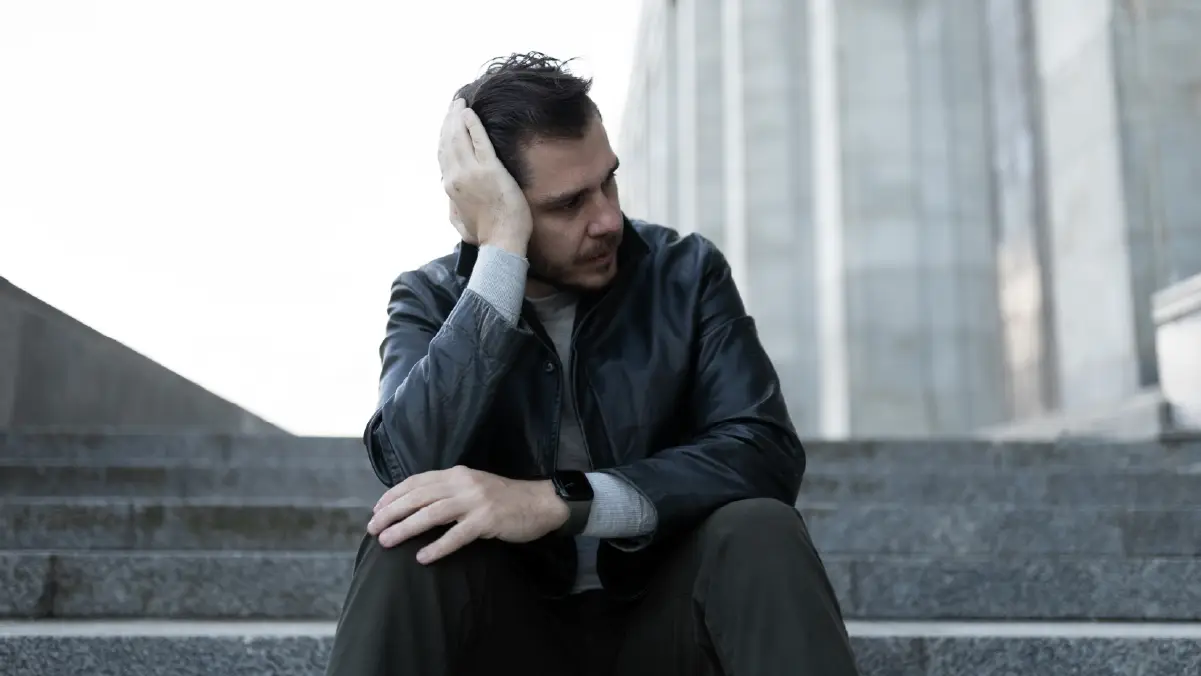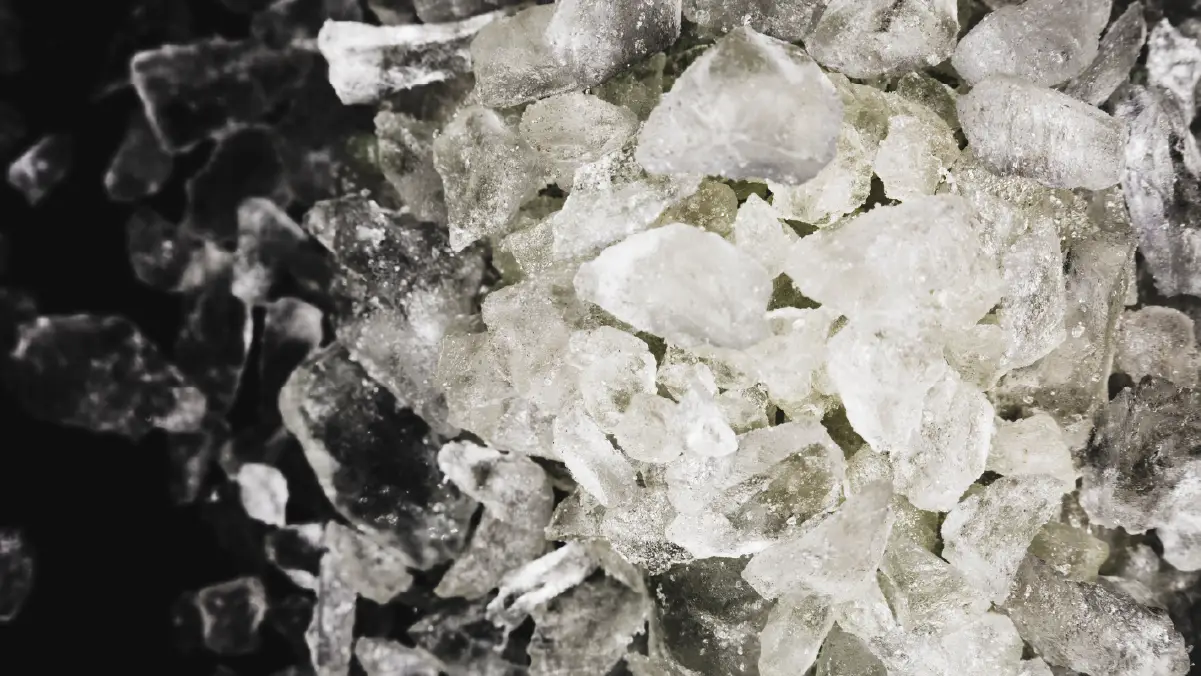
Ketamine is primarily used in hospitals for pain relief and anesthesia during surgeries. Besides its anesthetic properties, it’s being studied for treating depression and PTSD when other treatments don’t work.
Due to its potential for misuse, many countries regulate ketamine as a controlled substance. This means it’s illegal to have or sell without proper authorization. Always use ketamine under medical guidance and with a valid prescription to avoid legal troubles and health risks.
Ketamine is a dissociative anesthetic that has legitimate medical uses, especially in veterinary medicine and as an anesthetic in human surgery. However, when misused, ketamine can lead to various physical, psychological, and social consequences.
Here are some of the habits associated with ketamine abuse and their potential consequences.
When a person starts using ketamine, they might feel euphoria or detachment from reality. This can lead to risky behaviors and poor decision-making. People may also experience blurred vision, slurred speech, and trouble moving. Some might feel nauseous or anxious after using. These symptoms can be dangerous, mainly if someone is operating machinery or driving.
Long-term ketamine use can lead to severe problems. A person might develop ketamine addiction, making it hard for them to stop using. This addiction can cause changes in the brain and body, leading to health issues. People might also face ketamine withdrawal symptoms when they try to quit, like cravings, mood swings, and trouble sleeping.
Ketamine, a potent anesthetic, also presents significant risks when misused. Here is what you need to know:
Ketamine is a powerful anesthetic that, when misused, can lead to dependence and withdrawal symptoms. Understanding its withdrawal timeline can help individuals and their loved ones prepare for the challenges and seek appropriate medical support.
When someone starts Ketamine detox, they usually go to a treatment facility. Here, medical professionals watch over them. They help manage withdrawal symptoms and keep them safe. Some people might need to stay in the facility briefly, while others can detox at home.
After detox, there are different ways to continue treatment. Some people might need partial hospitalization, so they spend part of their day at a treatment center. Others might join outpatient programs, which let them live at home but come in for therapy or counseling.
After detox and initial treatment, follow-up care is essential. This helps Ketamine users stay on track with recovery. It might include regular check-ins with doctors or therapists. Rehabilitation programs can also help build new skills and strategies for managing mental health.
Navigating the journey to recovery can bring up many questions. Below are some of the most commonly asked questions about our services. If you need more information or have additional questions, we are only a phone call away.
Are there any factors that can affect the ketamine withdrawal timeline?
Several factors can influence the ketamine withdrawal timeline. These include the duration and amount of ketamine use, individual metabolism, overall health, and whether other drugs or substances are used alongside ketamine. Someone who has used ketamine for a long time or in large amounts may experience more prolonged and intense withdrawal symptoms.
Additionally, underlying mental health conditions or physical health problems can affect how quickly someone recovers from ketamine withdrawal. It’s essential to seek medical guidance when stopping ketamine use to manage withdrawal safely.
What are some of the symptoms of ketamine withdrawal?
During ketamine withdrawal, individuals may experience a range of symptoms, including anxiety, depression, mood swings, insomnia, and fatigue. Physical symptoms can include nausea, sweating, tremors, and changes in appetite. Some people may also have difficulty concentrating or experience memory problems.
These withdrawal symptoms can vary in intensity and duration, depending on factors like the amount and duration of ketamine use. It’s essential for anyone experiencing these symptoms to seek medical help and support to manage withdrawal safely and effectively.































Let’s talk about what’s going on — no judgment. (We’ve been there before ourselves). No one will know you inquired and there is no commitment to call.
Need someone to talk to? We’re here when you need it most.
There’s no obligation to get your questions answered.
No one will ever know you inquired.
3161 S Prosperous Pl. Green Valley, AZ 85614
5201 Stagecoach Rd, Little Rock, AR 72204
The Haven Detox - West Memphis
410 South Avalon St. West Memphis, AR 72301
The Haven Detox - Florida Alcohol & Drug Rehab
1325 N Haverhill Rd West Palm Beach, FL 33417
1369 Grafton St Worcester, MA 01604
6 Collier Dr Blackwood, NJ 08012
Copyright © 2025 The Haven Detox. All rights reserved.
Privacy Policy · Blog · Bilingual Detox · Careers